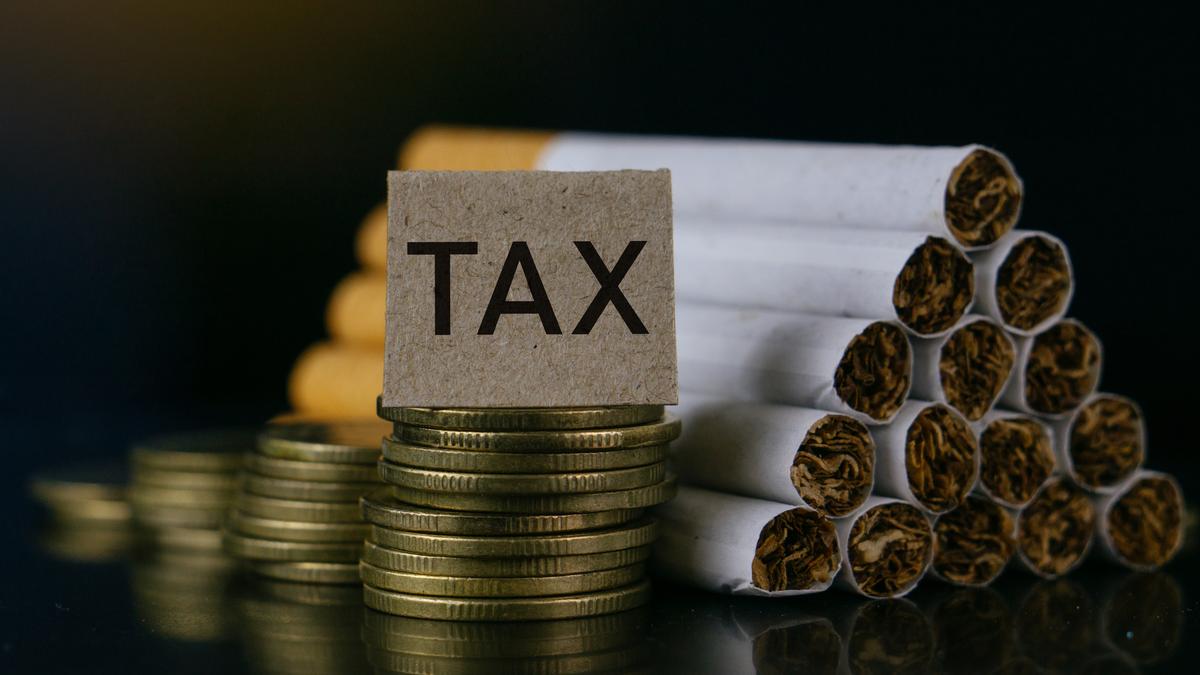As India marks eight years since the introduction of the Goods and Services Tax (GST) on July 1, 2017, it is worth reflecting on this landmark reform. GST replaced a multiplicity of indirect taxes such as Value Added Tax (VAT), excise duties, and service tax, establishing a unified national market under the “One Nation, One Tax” framework. The reform harmonised tax rates across States, enhanced ease of doing business, and facilitated greater economic integration. Economically, GST has been a consistent contributor to national revenue. Gross GST collections in 2024–25 reached a record ₹22.08 lakh crore, reflecting a year-on-year growth of 9.4%.
Beyond revenue generation, GST has advanced economic efficiency. The elimination of cascading taxes through the input tax credit system has reduced production costs, benefiting both businesses and consumers. Compliance has improved through digitised processes, which include e-way bills, simplifying tax administration and curbing evasion. The removal of inter-State checkpoints has enhanced logistics efficiency, cutting transportation time by 20% in some cases and reducing costs.
Faultlines in taxation
However, this progress is accompanied by notable shortcomings, particularly in the realm of public health, specifically tobacco taxation. Tobacco use continues to pose a severe public health threat in India, causing over 3,500 deaths daily and incurring an economic burden of ₹2,340 billion annually (1.4% of GDP in 2017)—a figure far exceeding the ₹551 billion GST revenue generated from tobacco annually, on average, in the past five years. India remains the second-largest consumer of tobacco globally, with 28.6% of adults and 8.5% of students between the ages of 13 to 15 years using tobacco in some form.
Taxation is globally recognised as one of the most effective instruments to reduce tobacco use. Yet, since the introduction of GST, there have been no significant tax increases on tobacco products. This stands in stark contrast to the pre-GST period (2009-17), when regular increases in excise and VAT contributed to a 17% decline in tobacco use prevalence. A stagnation in tax, Post-GST, increases risks, undermining past public health gains due to the increasing affordability of tobacco products (as pointed out in many studies). Currently, the overall tax burden on tobacco products remains well below the World Health Organization (WHO) recommendation of 75% of the retail price: 22% for bidis, 54% for cigarettes, and 65% for smokeless tobacco.
A structural issue
A critical structural issue is the GST’s heavy reliance on ad valorem taxes. While GST is inherently ad valorem, evidence shows that specific excise taxes — levied as a fixed amount per unit — are more effective in reducing the consumption of harmful products, as they are less susceptible to price manipulation by the industry. Since the implementation of GST, the share of central excise duties in total tobacco taxes has dropped significantly: from 54% to 8% for cigarettes, 17% to 1% for bidis, and 59% to 11% for smokeless tobacco. In contrast, many countries with VAT or GST regimes impose additional specific excise taxes on tobacco to achieve public health objectives. In India, inconsistencies across products exacerbate the problem. Although cigarettes represent only 15% of tobacco users, they contribute over 80% of tax revenue. Bidis, used predominantly by low-income populations, remain under-taxed. Notably, bidis, despite being the most widely consumed smoked tobacco product and as harmful as cigarettes, are not even subject to the GST compensation cess. This omission lacks any evidence-based public health justification.
An urgent concern is the potential expiration of the GST compensation cess in March 2026, which constitutes a substantial share of total tobacco taxes (nearly 50% for cigarettes). Its removal would significantly reduce tax burdens and render tobacco products more affordable, undermining health policy objectives.
Raising GST rates on tobacco products to the peak rate of 40%, as permitted in the GST law, alongside the enhancement of specific excise taxes, would be a very effective dual strategy. A mixed tax structure that combines ad valorem and specific components has demonstrated greater efficacy in both reducing consumption and increasing revenues.
The illicit trade
The tobacco industry frequently argues that higher taxes drive illicit trade. However, independent peer-reviewed studies estimate that illicit cigarettes constitute only 2.7% to 6.6% of the market in India — substantially lower than the industry’s claim of 25%. Research shows that tax increases have a limited effect on illicit trade. Instead, governance quality, regulatory strength and enforcement capacity are more decisive factors. India has ratified the World Health Organization (WHO) Protocol to Eliminate Illicit Trade in Tobacco Products and must now prioritize its implementation to prevent leakages.
As the GST Council undertakes deliberations on rate rationalisation and structural reform, it is imperative that public health considerations are given due priority. The Parliamentary Standing Committee, in its 139th Report (September 2022), highlighted that tobacco products in India remain among the most affordable globally and has stressed the critical need to enhance taxation on these products. Increasing GST rates to the statutory peak of 40%, alongside a substantial increase in specific excise duties, would serve the dual objectives of reducing the health and economic burden associated with tobacco use and strengthening fiscal consolidation. Such a strategy would reaffirm India’s commitment to its public health objectives while aligning with its broader developmental goals. As the GST completes eight years since its enactment, the ongoing rate rationalisation exercise offers a timely opportunity to rectify existing shortcomings in the taxation of tobacco products. Addressing this issue would represent a meaningful advancement in the evolution of the GST framework and reinforce its role as a tool for promoting both fiscal and public health objectives.
Rijo M. John is a health economist and Adjunct Professor at the Rajagiri College of Social Sciences, Kochi, Kerala
Published – July 01, 2025 12:08 am IST
